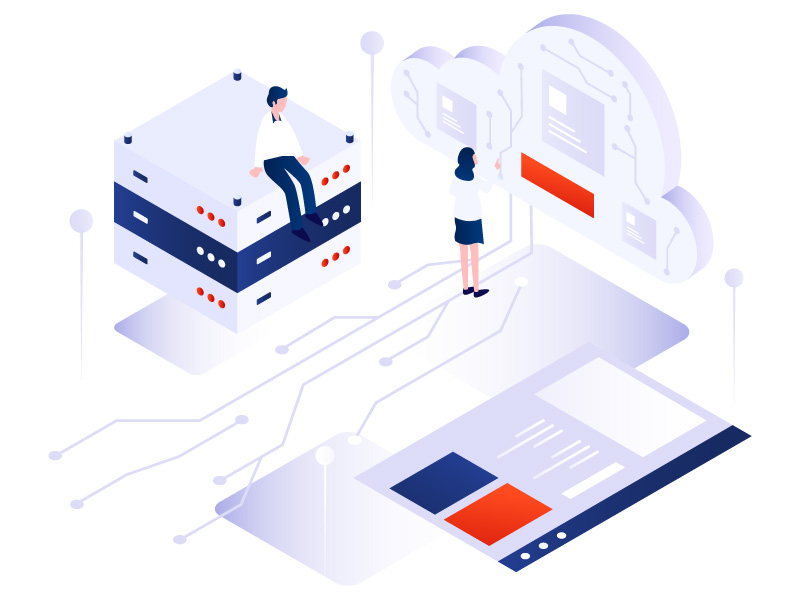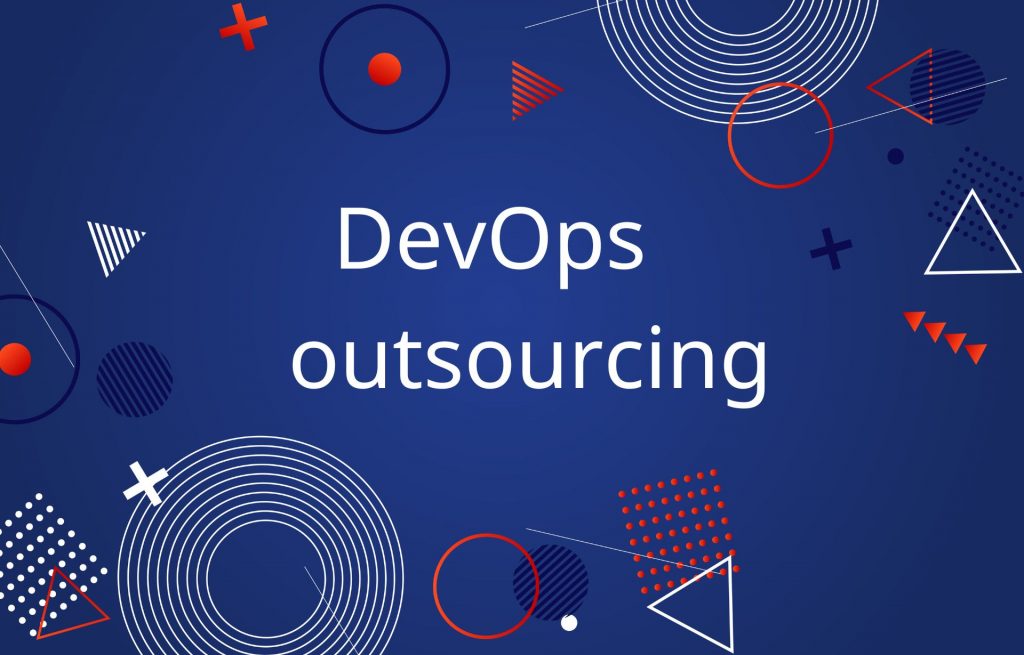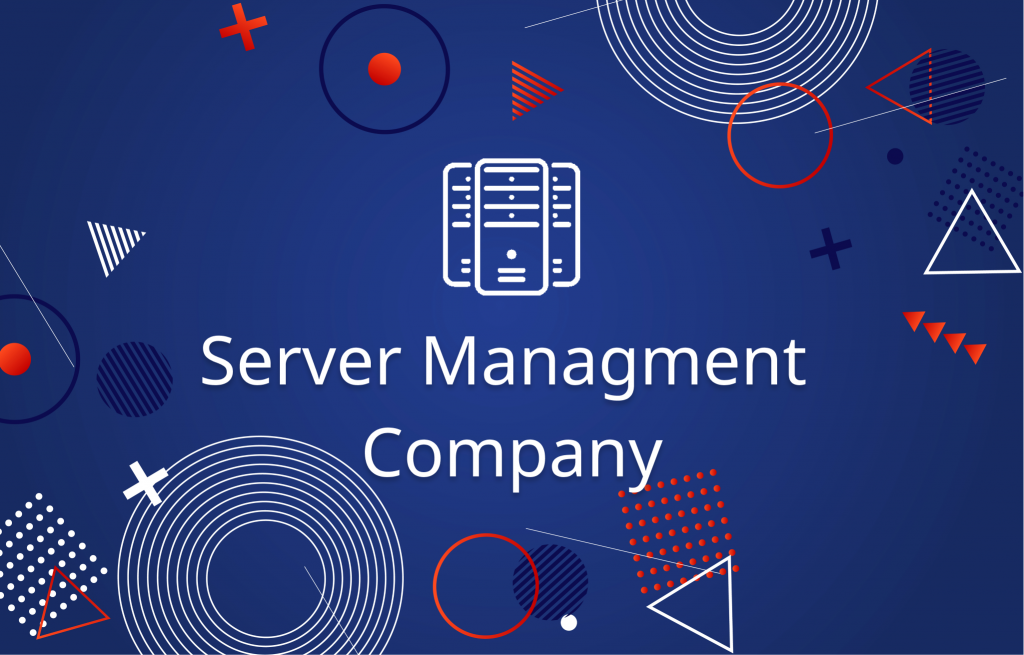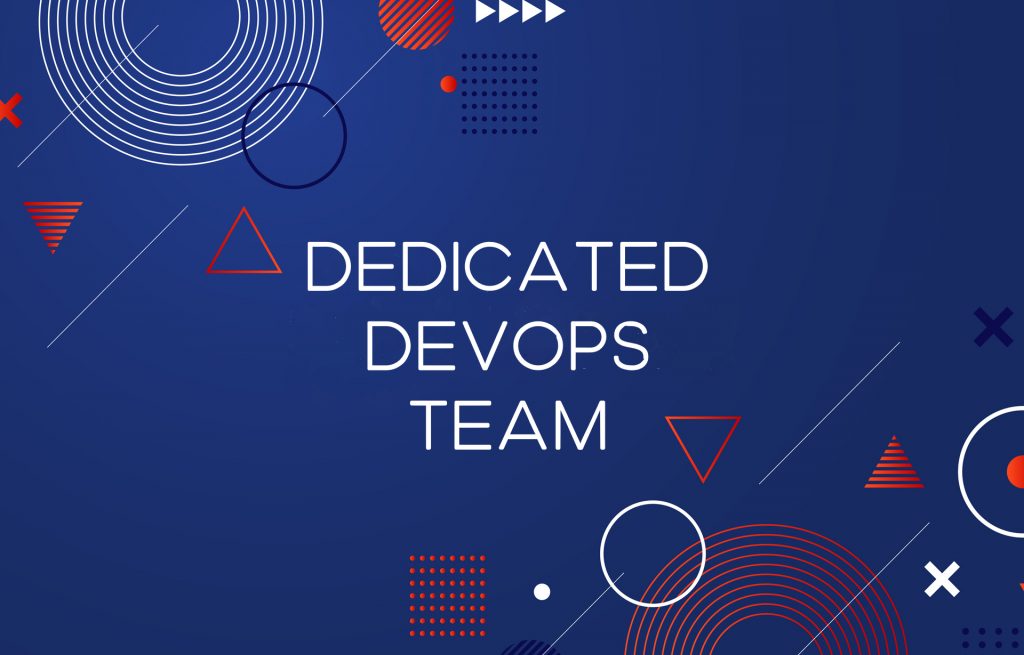Serverless Architecture or Function-as-a-Service
If the hardware is too much for you to handle during the project development, you can consider serverless computing. Unlike traditional cloud technology, that requires the VMs deployment, set up, software installation, code uploading, this technology needs you to choose the environment with the respective language and leave all the troubles to a service provider.
Despite the name, there is a server somewhere, but it is a vendor, who takes care of its management. For developers, it means an ability to focus on the code of either mobile or web or IoT applications instead of worrying about server provisioning. That brings certain advantages for business. More specifically it assures a faster delivery time, cost-effectiveness, focus on results, less technical concerns such as provisioning, scaling of underlying compute resources, and managing servers.
Another name for the technology is Function as a service (Faas) because of its ability to run a single function, part of the software, that drastically simplifies the work of the backend. Faas is a part of NoOps concept that pushes the idea about automated IT environment, autonomous from the underlying infrastructure, that eliminates software management in-house.
Serverless computing enables a diversity of benefits over the ordinary cloud-based or server-centric infrastructure. Serverless architectures propose greater scalability, versatility, and high-velocity deploy, at the same time reduce the expenses and increase developer’s productivity. And this is without purchasing, provisioning, and managing servers, which sometimes can be tricky and annoying.
However, it is not well-suited in a few cases. Its advantage becomes at the same time its disadvantage: you can not guarantee a rock-solid security and privacy since the responsibility of these aspects is put to the cloud provider freeing you from full control over hardware. Performance monitoring also experiences some complications. Application debug is not trivial in this case and requires additional steps.

AWS Lambda Among Other Services
Examples of public cloud serverless computing are AWS Lambda, Google Cloud Function, Fn Project (Oracle), IBM Cloud Functions, Azure Functions (MS Azure). Amazon Web Services was one of the first options offering serverless architecture. Lambda still remains the most popular service that promises a high-availability infrastructure and takes care of the computing resources. It has a complete list of features, including capacity provisioning and automatic scaling, code monitoring and logging. AWS Lambda team performs operational and administrative tasks instead of you. You don’t have to worry about provisioning capacity, fleet health monitoring, security patches, code deployment, function monitoring. Today neither Azure Functions nor GCF cannot compare to the vast possibilities offered by Lambda. It also has the biggest possibilities for integrations, unlike its competitors. Lambda offers integration with many AWS services, thus it can be easily integrated it into existing infrastructure. One of the best aspects of AWS Lambda is acting as the full backend service of many different types of applications, including web, mobile, and IoT, it’s even possible to write a complete API using Lambda functions in conjunction with another great AWS service called API Gateway.
Another benefit of serverless and, in particular, Lambda is cost-cutting since it only charges for execution time. For example, GCF provides the least amount of triggers, integrations, and runtime environments, but charges the most.
OUR SOLUTIONS
Conclusion
The serverless application gives you flexibility, time, and freedom, so you can try it if you are too busy to pay attention to server management. Lambda is almost the monopolist in this field and offers the widest range of products and services. Also, if your project depends much on other AWS products and you want to make it serverless, there is no better option than Lambda. It helps to increase productivity and decrease costs, while in some cases sacrificing security and control over the development environment.







